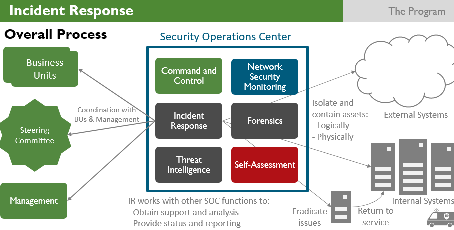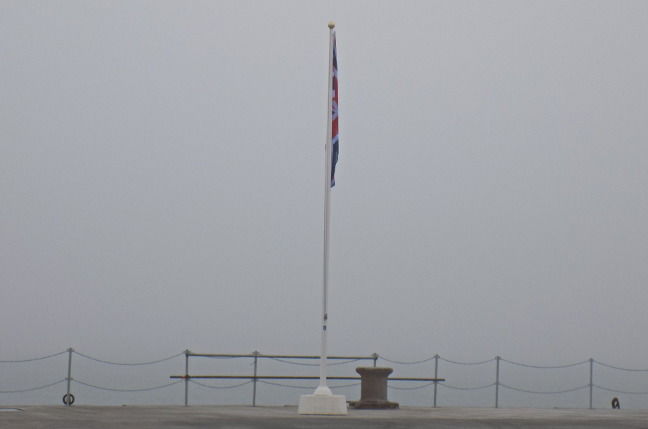This Week On Dark Reading: Events Calendar
THIS WEEK:
Wednesday, March 16 at 1 p.m. Eastern Time: Building a Cybersecurity Architecture to Combat Today’s Risks, with Christie Terrill, partner at Bishop Fox. “Layered defense” has traditionally been the modus operandi of IT security, but this approach can’t be counted on to stand up to today’s threats and attacks. In addition, attack surfaces are growing every day as companies adopt technologies like cloud and the Internet of Things. So how can you combat today’s risks? Attend Wednesday and learn how.
Thursday, March 17 at 1 p.m. Eastern Time: Becoming a Threat Hunter in your Enterprise, with John Sawyer, senior security architect of InGuardians, and Chris Pace, technology advocate for Recorded Future. If you’re tired of waiting for your technology to alert you that there’s already a problem, if you want be more proactive, if you want to sink your hands into those threat intelligence feeds, dig into those behavioral analytics reports, follow one clue after another after another, until it leads you to a would-be attacker, before they finish carrying out their grand plan, then this is the webinar for you.
COMING SOON:
- Tuesday, March 21, 1 p.m. ET: Understanding the Risks and Costs of a Data Breach, John Pironti, president of IP Architects and Michael Dalgleish, director of sales engineering, LogRhythm
- Thursday, March 23, 1 p.m. ET: Enriching Threat Intelligence Data, Cheryl Biswas, cybersecurity consultant, threat intel at KPMG, Haydn Johnson, senior consultant at KPMG, and Travis Farral, director of security strategy at Anomali
- Tuesday, March 28, 1 p.m. ET: Preparing for the Ransomware Onslaught, Part 3 — Remediation and Recovery, John Pironti, president of IP Architects, and Aimee Simpson, solution marketing manager, Code 42
DOWN THE ROAD:
May 15-19: Interop ITX Conference, Las Vegas, MGM Grand Hotel. Online events are great, but nothing beats face time.
Planning to hit Thursday’s webinar, but can’t get enough threat hunting? You’ll want to hit “Rise of Cyber Hunting: Not Falling Victim to Undetected Breaches,” with Kris Lovejoy, president of Acuity Solutions.
Need to dust off your endpoint security strategy, which hasn’t had a good overhaul since you implemented that BYOD policy five years ago? Then don’t miss Updating Your Endpoint Security Strategy.
Trying to deal with the security skills shortage, and don’t have time to wait for the next generation of infosec pros to graduate from university programs that don’t even exist yet? Then take a seat in Surviving the Security Skills Shortage, moderated by Dark Reading’s own executive editor Kelly Jackson-Higgins, with a panel of security executives from Coca-Cola, Ford, and Microsoft.
Check out all the sessions in the Interop Security Track. And don’t forget about the two-day Dark Reading Cybersecurity Summit — a great “what you need to know now” refresher for the overworked infosec pro or security crash course for the IT generalists in your life. (Cybersecurity Summit speakers and agenda coming soon.)
Dark Reading’s Quick Hits delivers a brief synopsis and summary of the significance of breaking news events. For more information from the original source of the news item, please follow the link provided in this article. View Full Bio
Article source: http://www.darkreading.com/threat-intelligence/this-week-on-dark-reading-events-calendar/a/d-id/1328378?_mc=RSS_DR_EDT


